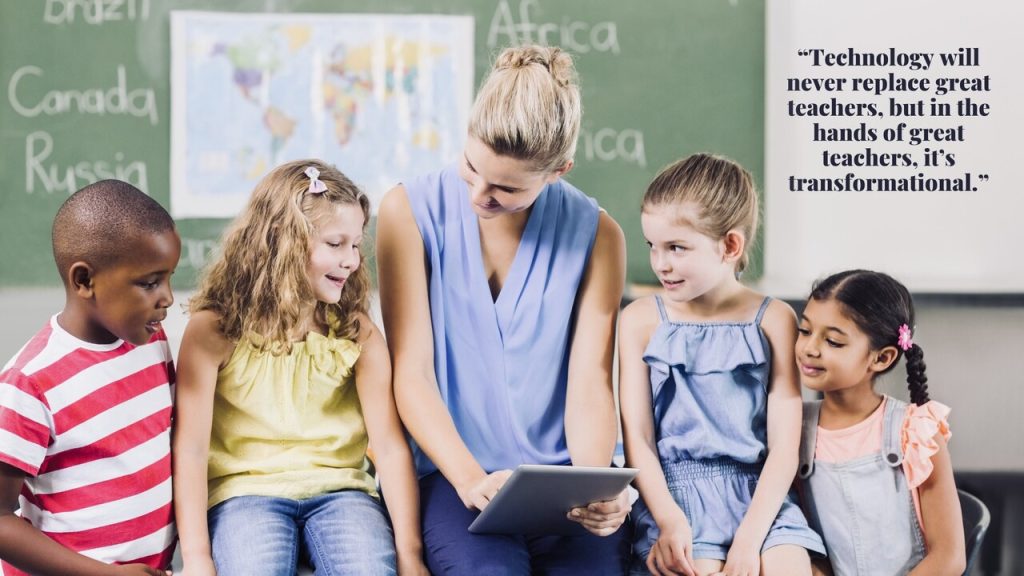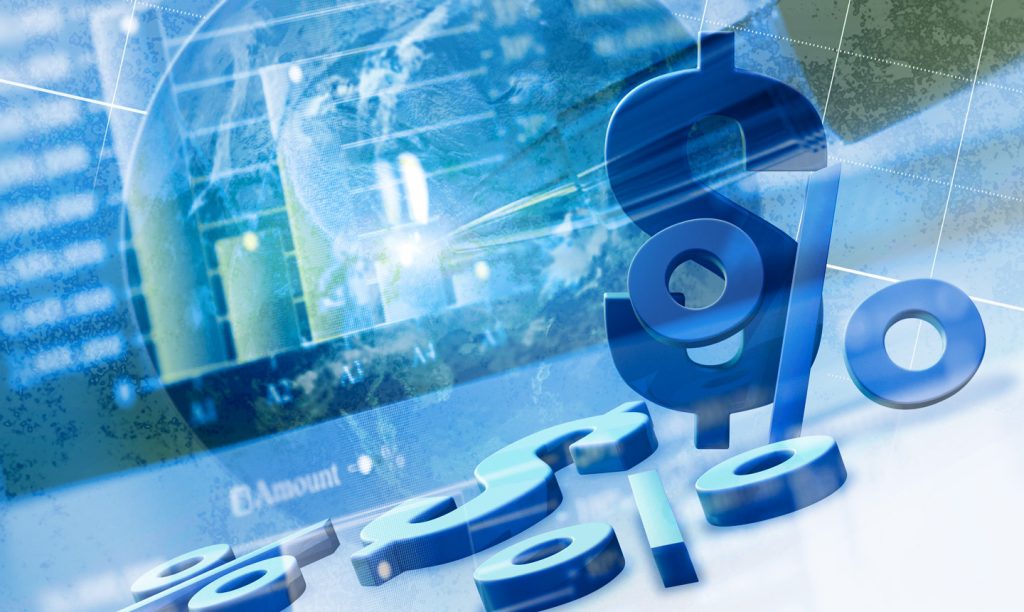In today’s fast-paced and highly competitive world, education remains a fundamental pillar for individual and collective advancement. Yet, not everyone follows a linear academic path. Many students experience interruptions in their schooling due to personal, economic, or social challenges. For these individuals, the concept of educational recovery offers a vital second chance. Institutions such as Centro Studi Telesio are often mentioned in this context, serving as a reference point for students seeking alternative routes to regain lost time and attain their academic goals.
The phenomenon of recovering lost school years has evolved from a marginal solution to a widespread practice supported by structured programs and legal frameworks. What was once considered a last resort has become a legitimate and respected educational route for thousands of students across Europe and beyond.
Understanding Educational Recovery: Origins and Evolution
Educational recovery programs were once limited to private initiatives with little public recognition. In the past, the stigma attached to repeating a year or dropping out of school created significant barriers for students trying to re-enter the educational system. However, over the last two decades, societal perspectives have shifted dramatically.
Governments and educational bodies have recognized the importance of second-chance education. Policies now support flexible learning environments, adult education, and online learning platforms that make it easier for students of all ages to return to school. These transformations have helped reposition educational recovery as a mainstream solution rather than a fallback option.

The Role of Technology in Accessibility
Digital transformation has played a central role in making educational recovery accessible to a broader demographic. Online platforms allow students to follow lessons remotely, submit assignments digitally, and even take exams under controlled virtual environments. This flexibility has been especially vital for working adults, parents, or those living in remote areas.
The availability of recorded lectures, interactive resources, and personalized tutoring through digital platforms makes it easier for students to adapt their study schedules to personal obligations. For many, this is the difference between continuing their education and abandoning it altogether.
The Legal Framework Supporting Recovery Paths
The legitimacy of recovered educational paths depends largely on national legislation. In many countries, there are now clear guidelines regulating how one can recover academic credits and obtain recognized diplomas. These pathways are designed to meet rigorous academic standards while maintaining flexibility in delivery.
Equivalency exams, credit recognition for professional experience, and modular programs enable learners to accelerate their progress without compromising educational quality. This legal validation ensures that students who recover their schooling years receive the same opportunities as those who followed traditional paths.
International Harmonization of Qualifications
Efforts have also been made at the international level to harmonize educational qualifications. Agreements like the Bologna Process in Europe have facilitated the recognition of diplomas and degrees across borders, allowing students who completed recovery programs to pursue university studies or professional careers abroad.
This harmonization encourages educational institutions to maintain high standards and enables students to think beyond national borders, considering international universities or employment opportunities.
The Social Impact of Academic Recovery
Educational recovery is not merely a personal endeavor; it has significant social implications. High school dropout rates often correlate with higher unemployment, poverty, and crime levels. By providing a way back into the system, recovery programs help mitigate these risks.
Youth who return to education are more likely to find stable employment and less likely to engage in risky behaviors. They also develop a renewed sense of purpose and personal achievement, which positively influences their families and communities.
Bridging the Intergenerational Education Gap
Many adult learners returning to complete their diplomas do so not just for professional reasons, but to set an example for their children. By demonstrating the value of persistence and lifelong learning, they contribute to breaking cycles of educational disadvantage that can persist across generations.
Their presence in the educational system challenges stereotypes and diversifies the classroom environment, enriching it with real-life experience and maturity.
Diplomas and Degrees: What They Mean Today
In the labor market, a high school diploma remains the minimum requirement for most positions. However, the symbolic value of this credential goes beyond employability. It represents a threshold of knowledge, discipline, and perseverance that employers and academic institutions alike continue to value.
For students who recover lost academic years, obtaining a diploma often marks the turning point in their personal and professional lives. It opens the doors not only to jobs but also to further education and training opportunities.
The Pursuit of Higher Education After Recovery
Many students who complete high school recovery programs go on to university studies. Their motivation tends to be strong, driven by a conscious decision to invest in their future. Universities, aware of the unique backgrounds of these students, are increasingly supportive through scholarships, mentoring programs, and counseling services.
For some, the goal is a professional qualification that leads to a specific career path. For others, it is the fulfillment of a personal dream long deferred. Either way, the ability to pursue higher education after academic disruption is a testament to the resilience of the human spirit and the adaptability of modern educational systems.
Challenges and Criticisms
Despite the positive developments, educational recovery programs face ongoing scrutiny. Critics question the academic rigor of accelerated courses and the reliability of assessments in non-traditional settings. There are concerns that some institutions may prioritize commercial interests over educational integrity.
This has led to calls for stricter regulation, accreditation processes, and transparent performance metrics. Ensuring that students graduate with genuine knowledge and skills remains a central challenge for the sector.
Socioeconomic Barriers and Digital Divide
Not all students benefit equally from recovery opportunities. Socioeconomic factors still play a significant role in access to education. Those from disadvantaged backgrounds may lack the technological tools, stable internet connections, or supportive environments needed to succeed in online or hybrid programs.
Efforts to bridge this digital divide include public funding, free access to learning centers, and community outreach programs. However, achieving true equity in educational recovery remains a work in progress.
The Future of Recovery Education
The idea that education is confined to the early years of life is increasingly obsolete. Lifelong learning is now widely accepted as essential for personal development and career advancement. Educational recovery fits naturally into this paradigm, providing flexible solutions that adapt to various life stages and circumstances.
Institutions are adapting their curricula to be more modular, interdisciplinary, and skill-oriented. This evolution supports learners who may need to return to education multiple times throughout their lives.
Integrating Recovery into National Education Systems
The ultimate goal for many policymakers is to integrate recovery programs seamlessly into national education systems. Rather than existing as separate or alternative structures, they could become embedded in the broader educational landscape.
This would mean that interruptions in schooling are no longer seen as failures but as deviations in a flexible and supportive educational journey. The normalization of recovery paths could help reduce stigma and encourage more people to seek academic redemption.
Personal Stories: Voices of Recovery
Behind the statistics and policies are real individuals whose lives have been transformed by educational recovery. Stories abound of students who dropped out due to illness, family issues, or economic hardship, only to return years later and succeed against the odds.
These narratives highlight the human potential that lies dormant in so many who simply need a second chance. They also underscore the importance of empathy and support within educational environments.
Building Confidence and Community
For many, the recovery process is not only about academic content but also about rebuilding self-esteem. Being part of a learning community, interacting with peers, and achieving milestones fosters a renewed sense of confidence.
These positive effects often ripple outward, inspiring friends and family members to pursue their own goals and demonstrating that it is never too late to change one’s path.
Conclusion: Rewriting Educational Narratives
Education is more than a system of instruction; it is a gateway to dignity, self-realization, and societal contribution. Recovery programs play a crucial role in making sure that no one is permanently excluded from this gateway due to past mistakes or misfortunes.
By expanding access, enhancing flexibility, and maintaining high standards, societies can empower individuals to reclaim their academic journeys. In doing so, they not only transform lives but also enrich their communities and economies.
The journey of recovery is ultimately a story of resilience, courage, and the enduring power of human potential. As educational paradigms continue to evolve, so too must our understanding of success—not as a straight line, but as a winding road filled with opportunities for renewal.










